Japanese Wineberry: Planting, Care And Harvest
The Japanese Wineberry is closely related to raspberries and blackberries. We introduce the Asian treasure and give tips on cultivation, care, and use. The exotic Japanese Wineberry berries can also be cultivated here despite their Far Eastern origins and bear tasty fruits. In this article, you will learn everything about the choice of variety, cultivation, care, and harvest time of Japanese Wineberry.
Japanese Wineberry: origin and characteristics
Table of Contents
The Japanese Wineberry ( Rubus phoenicolasius ) belongs to the rose family (Rosaceae) and the genus Rubus. The species name phoenicolasius is made up of the parts phoenix (= purple-red, fox-red) and lasios (= densely hairy, shaggy) and alludes to the hairiness of the shoots. Japanese Wineberry is closely related to blackberries ( Rubus fruticosus ) and raspberries ( Rubus idaeus ).
Some sources name the Japanese Wineberry berry as a hybrid between blackberry and raspberry, comparable to loganberry or tayberry. However, this crossing should have taken place naturally, i.e. without human intervention. As the name suggests, Japanese grapes are found in Japan but are also native to Korea and China. It has been used by people since the end of the 19th century and has also been cultivated in this country since the second half of the 20th century.
It grows as a rampant 2-3 meter high and equally wide, upright, and deciduous shrub with overhanging or prostrate side shoots. There are only a few thin spines on the red-brown rods. Instead, the shoots are dense and bristly covered with red glandular hairs, which gives the plant an exotic, but also extremely elegant appearance. The dark green, three to five-fold leaves are about 10 centimeters long and are flocked white on the underside. The Japanese grape, like its relatives, forms root runners and can spread so well.
Old plants can take up a space of 16-20 m². The pale pink flowers of the Japanese Wineberry are in small clusters. The flowering period extends from June to July. The flower buds, just like the shoots, are red in color and have sticky, bristly hairs. The initially apricot-colored, hemispherical aggregate drupes ripen from July to August, then turn deep wine-red and feel slightly sticky.
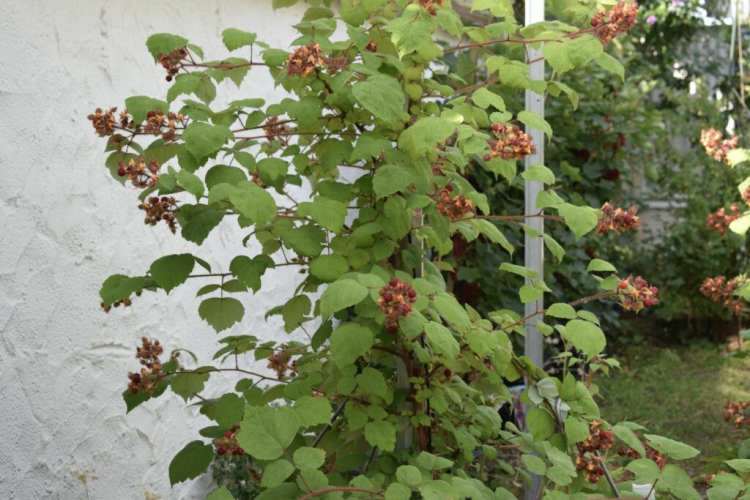
Planting Japanese Wineberry
For domestic cultivation there is no subdivision of the Japanese grapevine into varieties, it has probably not been cultivated until now as a rare exotic berry. Sometimes it is offered as a hybrid berry or among blackberry varieties, but strictly speaking, the Japanese Wineberry is a species of its own. Japanese grapes are not picky about their location, as long as it is a little sheltered and warm.
Similar to blackberries, they grow on all types of soil, as long as no waterlogging forms. The ideal location for Japanese grapes is sunny to partial shade on well moisture-retaining, moderately nutrient-rich soils with a calcareous to neutral pH value. Either you let the vigorous bushes grow wild or you guide the Japanese grapevine on climbing aids or trellises along walls and fences. You can also let them grow as a fruit-bearing hedge.
The Japanese grapevine is planted in the spring after the ice saints, as the young plants are still a bit sensitive to frost in the first few years and the plants that are barely rooted can be damaged. So it can form strong roots by the first winter and already establish itself somewhat. Before planting, the soil should be enriched with organic material, such as ripe compost, and large areas should be dug up. Individual Japanese grapes should be placed 150 cm apart so that they can develop well. When planting, dig a deep hole and place the Japanese grapevine in it so that it sits about 10 cm deeper than before. The shoot buds on the root neck are covered by soil and can develop well.
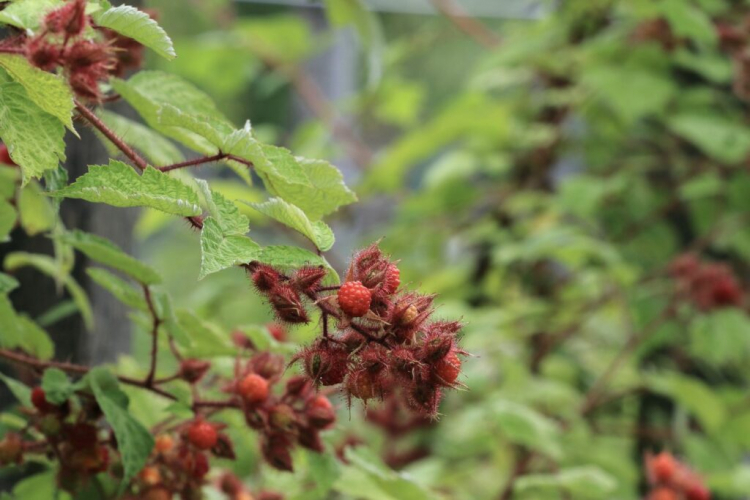
When planting grapes in pots, the planter should hold at least 10-15 liters and the shrub should be moved to a larger container every year. For planting in pots, we recommend nutrient-rich potting soil, such as our Plantura organic universal soil. It provides young plants with a basic supply of all essential nutrients and, thanks to the high compost content, promotes root growth and soil life.
Summary: Planting Japanese grapes
- Location: sunny to partially shaded
- Soil Retains moisture, moderately rich in nutrients, contains lime to neutral pH
- Planting time: After the ice saints
- Plant spacing: 150 cm
The most important maintenance measures
The Japanese grapevine is extremely easy to care for because once it has established itself in the garden, only a few points need to be paid attention to. Bushes that are still young and quite freshly planted should be watered in dry summers, as otherwise fruiting will stop and rods can die.
In spring, the nutrients withdrawn over the year should be refreshed with ripe compost or a long-term fertilizer such as our Plantura organic universal fertilizer. The fertilizer granulate is worked into the surface around the berry bush and decomposes over months, which makes the nutrients it contains only available to the plants slowly and without the risk of leaching. Another maintenance measure is the cutting of the Japanese Wineberry. The Japanese grapevine bears on last year’s shoot. Worn rods die off after the harvest. For this reason, old, harvested, and dry shoots are removed near the ground every autumn.
Are the Japanese Wineberry hardy?
As an adult plant, the Japanese grapevine is completely hardy. Young plants outdoors should be protected from severe sub-zero temperatures with brushwood or fleece in the first two years of standing. Plants in pots should not be left unprotected outdoors in winter, because there is a risk that the root ball will freeze through and cause great damage to the plant. Therefore, Japanese grapes should be wintered in pots frost-free at around 5 ° C and in a light color in the shed or garden shed.
Propagate Japanese Wineberry
Japanese grapes can be propagated vegetatively via root runners or cuttings, but also generatively via their seeds. However, growing seedlings from the seeds of the Japanese Wineberry is not an easy task. First of all, the pulp around the seeds has to be detached from the wet and cold. The seeds are cold gamers, so they need a long-term cold stimulus to germinate at all. After the cold treatment, which lasts 4-6 weeks, the seeds are spread out on the surface of the growing medium and only lightly pressed. This is necessary because they are also light germs that need brightness to trigger germination. At around 15-18 ° C and high humidity, germination takes around 2-4 weeks. After another four weeks, the tender young plants can be moved for the first time.
The numerous root runners of the plant are ideal for propagating the Japanese Wineberry much faster and easier. They can be cut off from the mother plant with a spade in autumn or spring, dug up, and moved to a new location. Even cut, about 15 cm long shoot cuttings usually take root quickly in moist soil and quickly form independent plants. Another alternative is the most naturally formed lowers. This creates roots on shoots lying on the ground when they come into contact with the earth. If the sinker is already well rooted, you can use secateurs to cut the connection between the rod and the mother plant, dig up the sinker and move it.
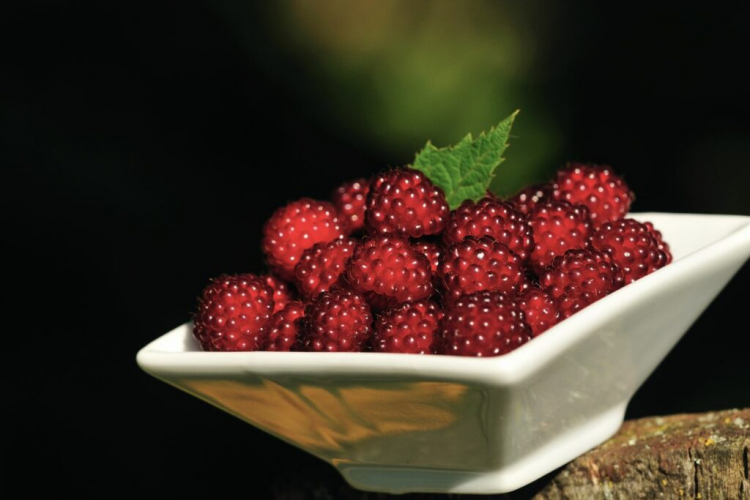
Harvesting Japanese Wineberry: when and how to do it
The deep red, slightly sticky fruits of the Japanese Wineberry are harvested between July and the beginning of September. When fully ripe, the collection drupes, just like raspberries, detach themselves from the stalk well and easily and can be collected.
The taste, ingredients, and uses of Japanese Wineberry
The taste of ripe Japanese grapes is sweet, aromatic and pleasantly refreshingly sour, and wine-like. It is ideal for snacking directly from the bush. However, the fruits cannot be stored and must therefore be processed immediately after harvest.
True delicacies are grapes dipped in chocolate, homemade jam or jam made from Japanese grapes, and fruit wine. Basically, all types of preparation of raspberries or blackberries, such as juice, chutney, or liqueur, can also be converted into recipes for Japanese grapes. Due to its high mineral content, the Japanese Wineberry is very healthy and scores above all with its high vitamin A and C content.
You Might Also Like Blackberry Fertilizer
Among the Japanese Wineberry-like fruits, there is also the diverse salmonberry. We present the little-known plant and its best varieties for growing in your own garden.
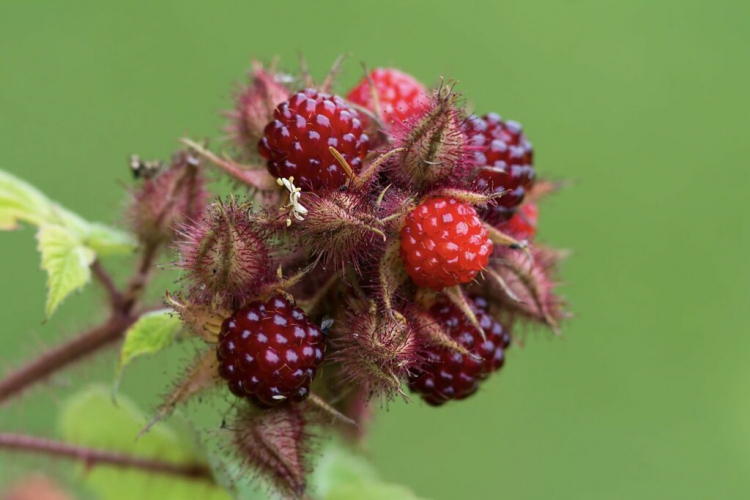
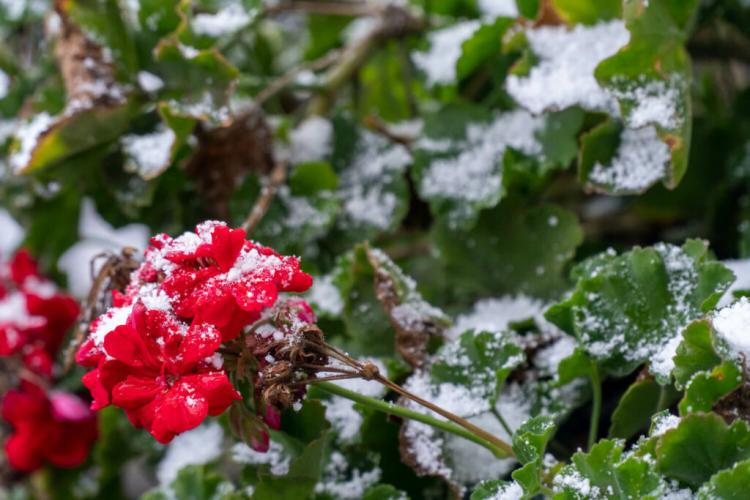

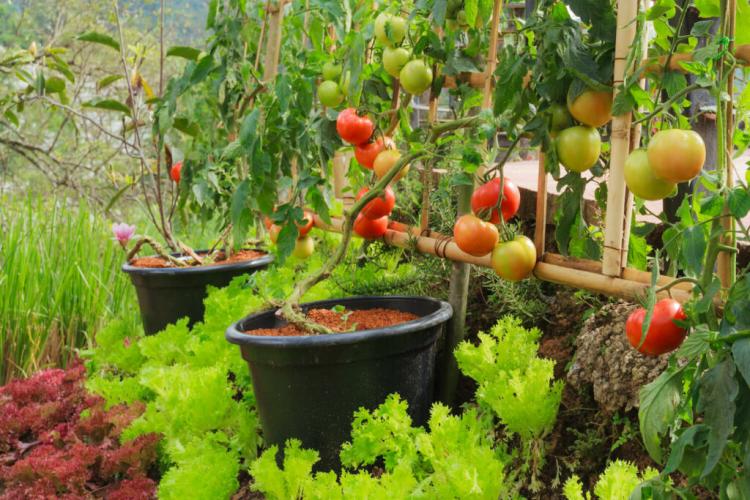
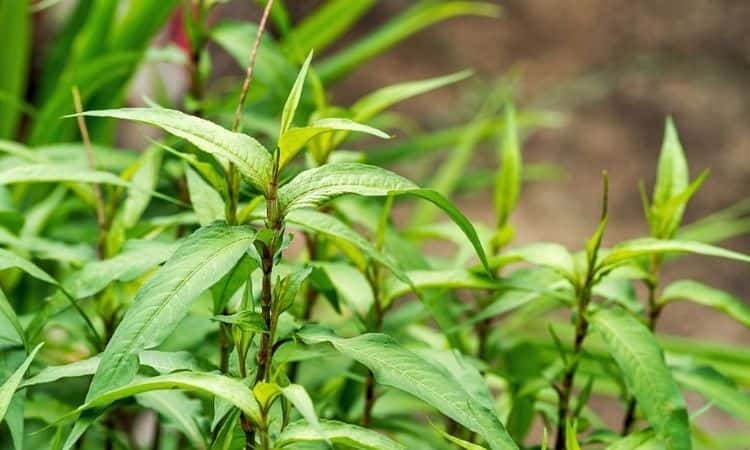
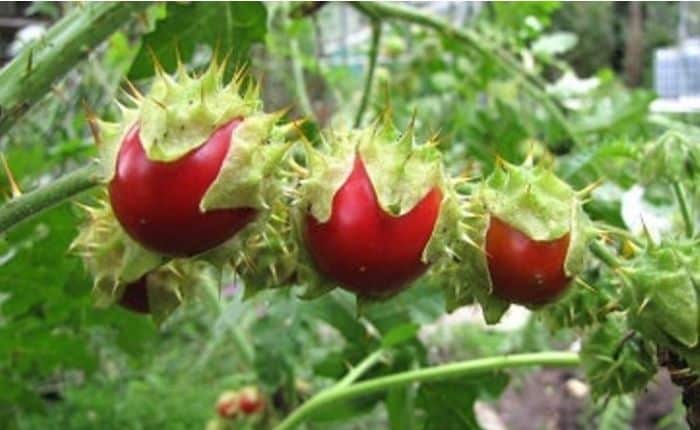
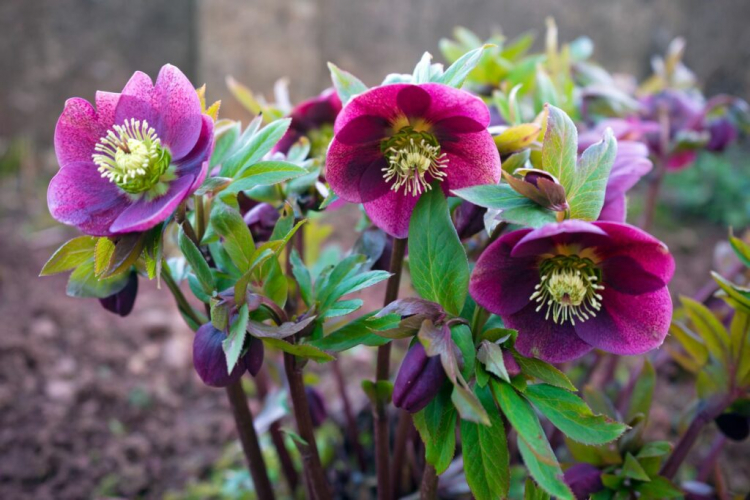
When I lived in West Virginia we had these in abundance on our property. I had no idea they were Japanese in origin / an invasive species. They are delicious however and I am planning to plant some at my new house in Iowa.